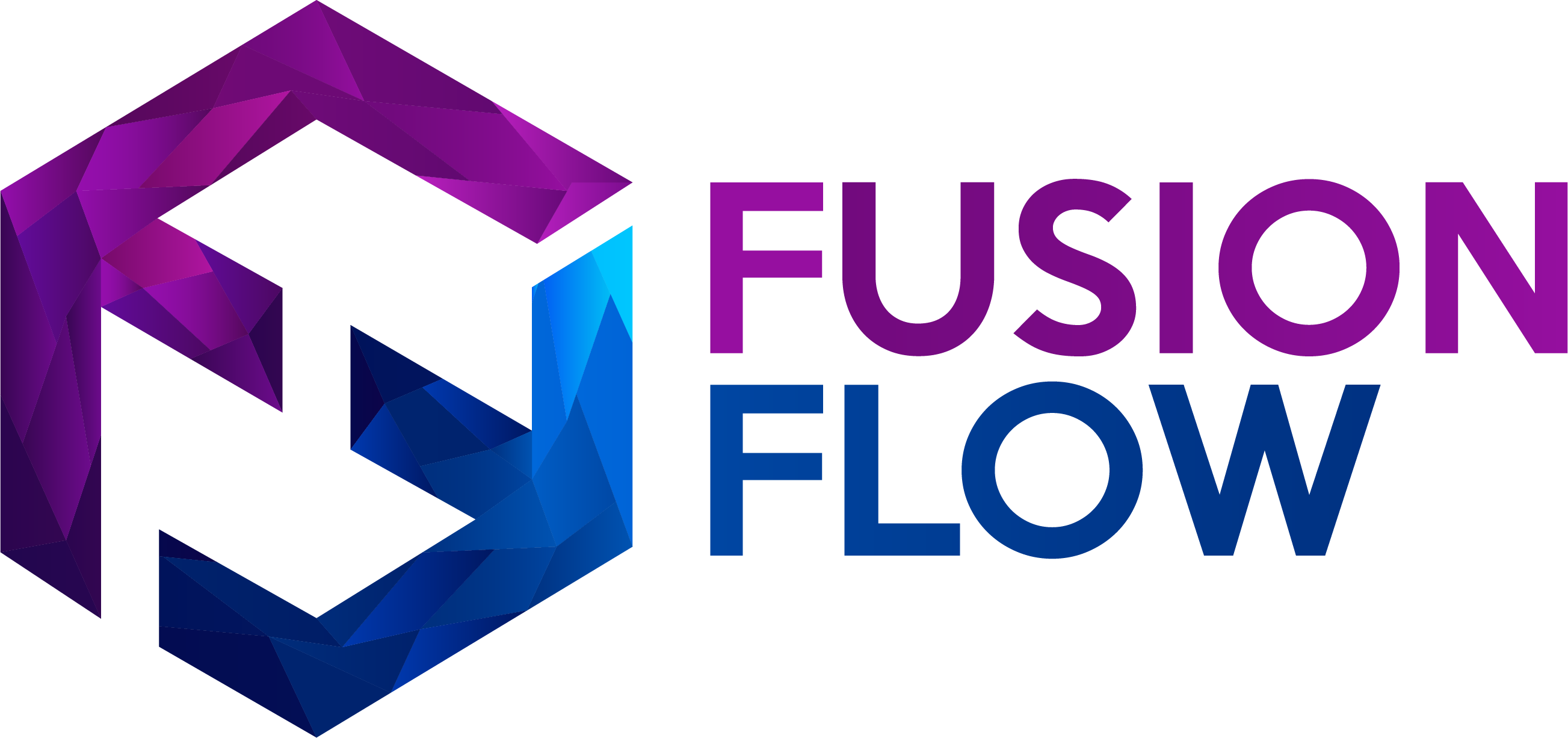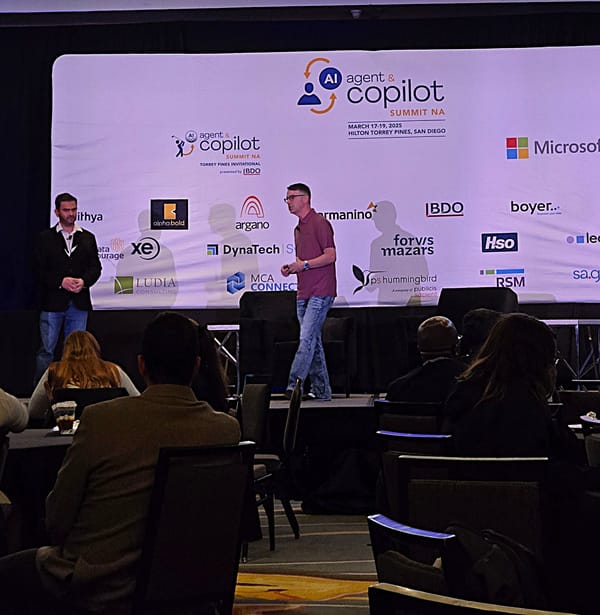How to Set Organizational Priorities to Maximize AI Impact
Clear organizational priorities turn AI from a scattered experiment into a strategic mindset. With 3 in 4 employees already using AI, leaders must shift from pilots to strategy, balancing risk, ROI, and governance, to create measurable business impact.

AI's impact depends on how well it aligns with your organization's priorities. AI adoption is about deciding what really matters, from staff adoption to board oversight, and making sure AI supports those goals. Done right, AI becomes part of the way your organization thinks and operates.
Employees Are Already Leading the Charge
Employees are bringing AI into their daily work on their own, without waiting for executive approval. Recent surveys show:
- 3 out of 4 employees already use AI at work.
- Usage nearly doubled in the past six months.
- 78% are using their own AI tools, not those provided by their employer.
- Adoption cuts across generations, from Gen Z (85%) to Boomers (73%).
This bottom-up adoption raises the bar for organizations. Leaders increasingly value AI skills in hiring:
- 77% say early-career employees will get greater responsibility if they use AI effectively.
- 71% wouldn't hire someone without AI skills.
In other words, AI is reshaping career paths and talent expectations.
Management Needs to Turn Experiments Into Strategy
Many organizations are stuck in pilot mode: isolated use cases, scattered experimentation, and no clear framework for scaling. The real shift comes when management connects experiments to strategy.
Key questions to anchor this shift include:
- What do we want AI to achieve for the business?
- Where do we start?
- How do we move from pilots to integrated systems?
- What are the risks, especially around data and security?
A structured roadmap helps:
- Educate the organization on AI's potential.
- Develop a strategy tied to business outcomes.
- Lay the foundation with secure infrastructure.
- Prepare people with training and clear role expectations.
- Scale with purpose, focusing on areas where AI creates measurable value.
Balancing Risk and Opportunity
Management also faces a balancing act. CFOs and CTOs report that 6 in 10 struggle to justify ROI on AI despite time savings and user satisfaction. At the same time, 41% worry about AI risks involving security, privacy, and ethics.
Success depends on weighing the upside against the risks, and being clear about where AI delivers outcomes worth the investment.
The Board's Role: Oversight and Governance
Boards are being called to oversee AI strategy, ethics, and accountability. That means:
- Staying informed on AI trends and limitations.
- Building cross-functional governance teams (IT, business, legal, ethics).
- Assessing risk and opportunity at the organizational level.
- Setting policies for ethical data use and compliance.
Boards should think about value on three levels:
- Individual: adoption and time savings.
- Departmental: KPIs like sales leads or HR recruitment metrics.
- Organizational: revenue growth, cost savings, or customer experience improvements.
AI as a Mindset
The biggest shift is cultural. When organizations stop treating AI as a side project and start integrating it into their core strategy, they create space for productivity, creativity, and resilience.
The future of AI in business is about setting clear priorities across staff, management, and boards, and making AI part of the way you work.
If you need help doing AI correctly, contact me at Fusion Flow Software.





